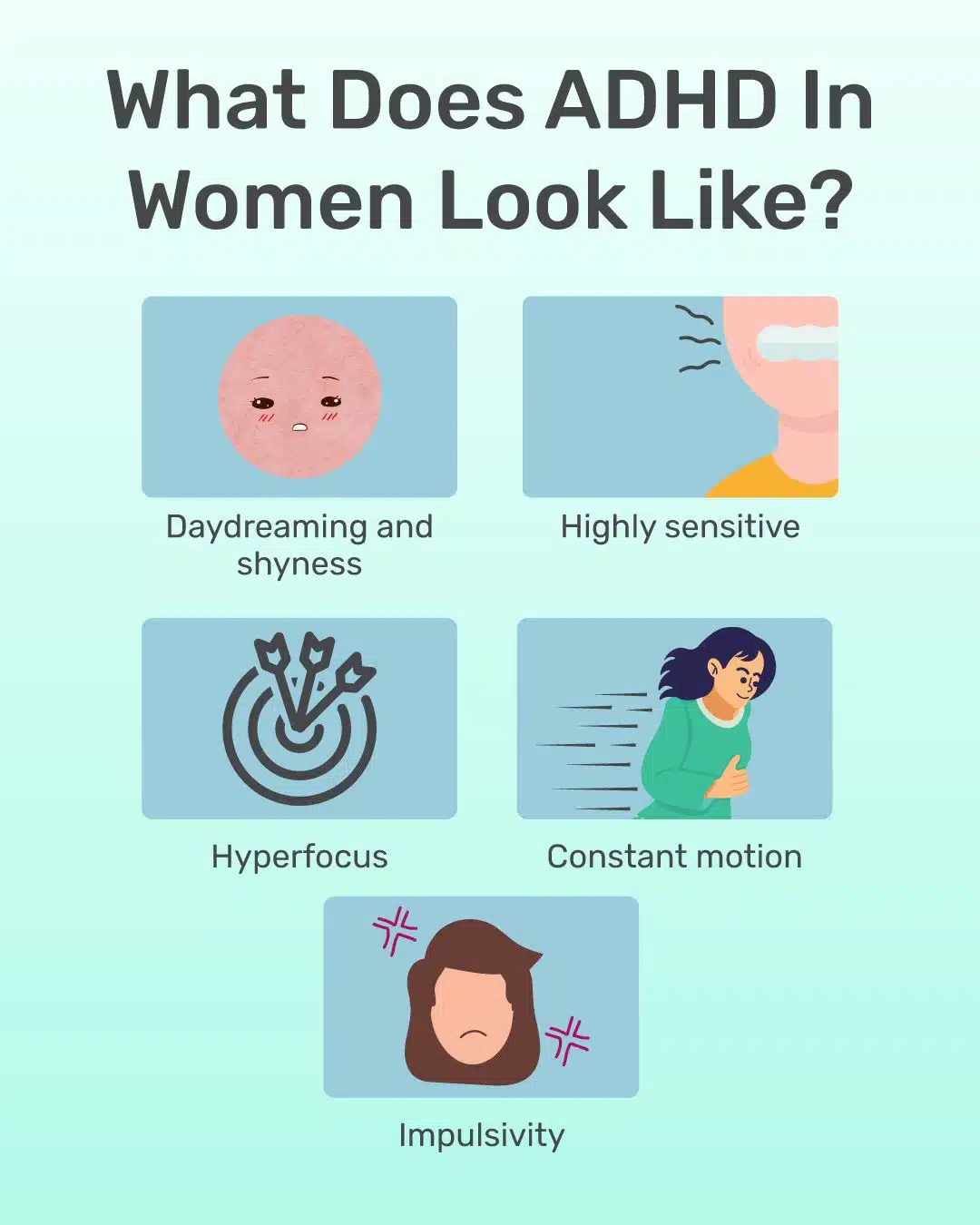Susie is a 6-year-old girl who has autism spectrum disorder. Her parents have struggled to find a doctor who can provide Susie’s care and support. However, with the help of the American Medical Association (AMA), they found a healthcare provider with the knowledge and experience to treat Susie’s condition.
Here’s how the AMA was able to help:
- Developing policies and guidelines: The AMA has established guidelines for the care of patients with autism spectrum disorder, which helped Susie’s parents find a knowledgeable doctor.
- Advocating for patients and physicians: The AMA has advocated for policies that support the training and education of healthcare providers who work with patients with autism spectrum disorder, helping to ensure that Susie receives appropriate care and treatment.
- Providing resources and support: The AMA offers resources and support to healthcare providers who work with patients with autism spectrum disorder, including continuing medical education courses and best practices for treatment.
With the help of the AMA, Susie’s parents were able to find a doctor who understood her condition and was able to provide the care and support she needed. The doctor worked closely with Susie’s parents to develop a treatment plan tailored to her unique needs and provided ongoing support and guidance as Susie grew and developed.
In conclusion, the American Medical Association (AMA) plays a crucial role in promoting the health and well-being of patients with special needs. By developing policies and guidelines, advocating for patients and physicians, and providing resources and support, the AMA helps ensure that patients like Susie receive the best possible care and treatment. Products like Goally can further support kids with conditions that the AMA assists by providing digital visual schedules, AAC, and gamified learning.














